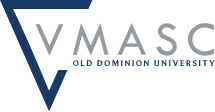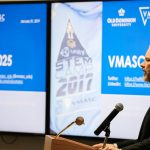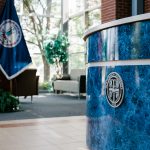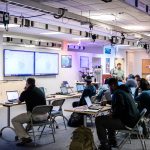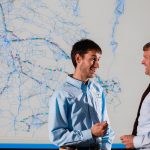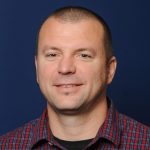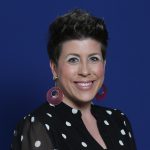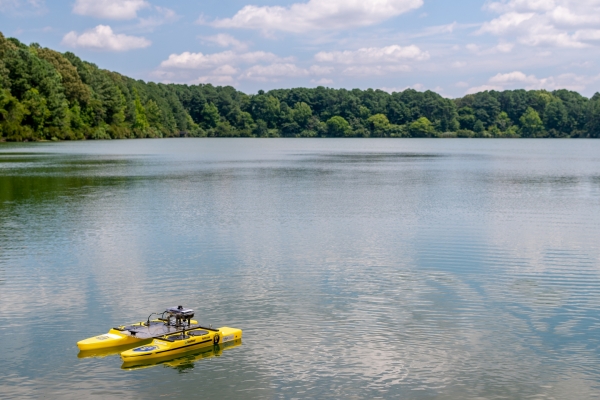
ODU’s Virginia Modeling, Analysis and Simulation Center Connects Students with Experts
August 9, 2022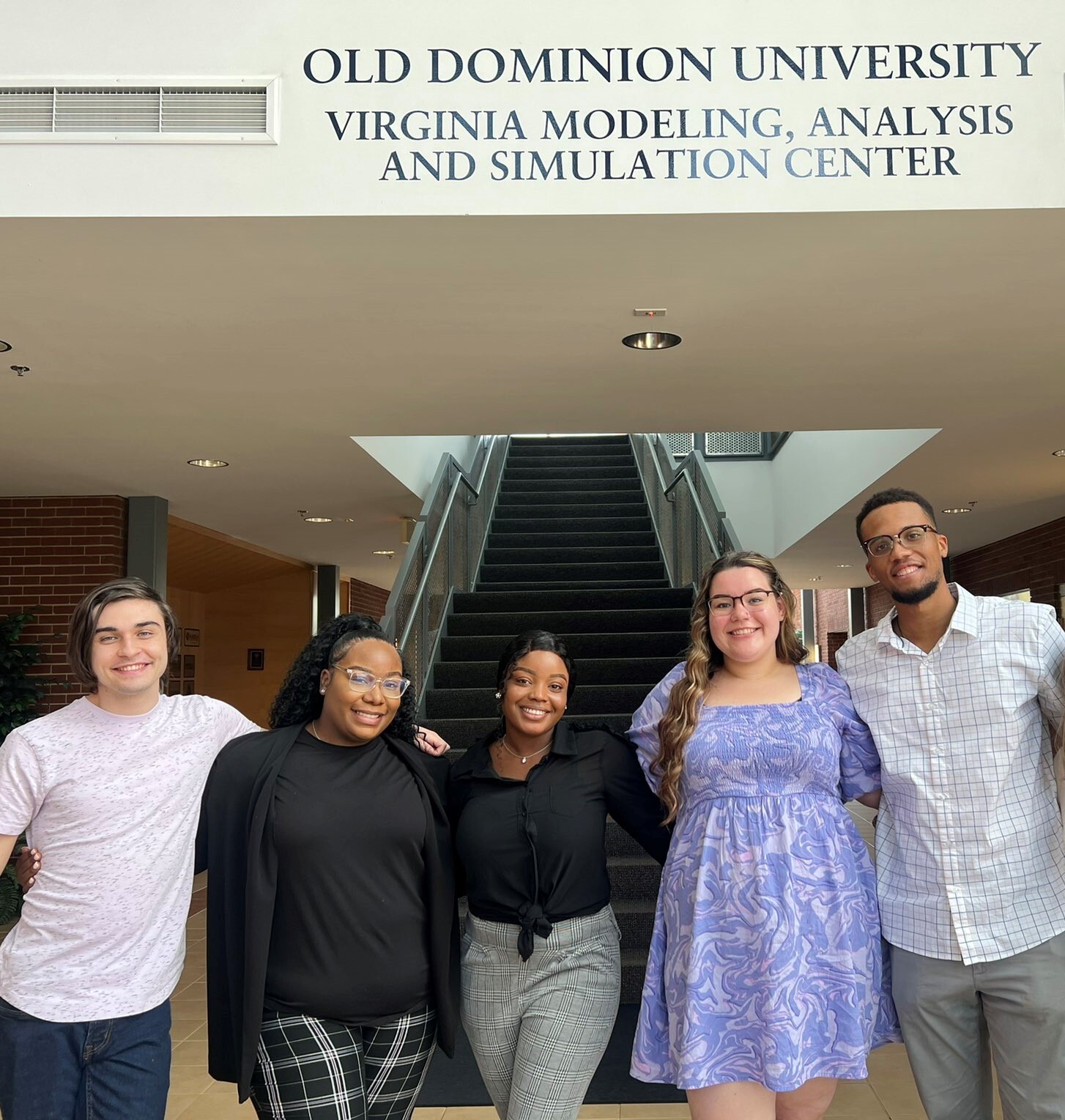
Thank You VMASC Summer Interns and GRA’s!
August 16, 2022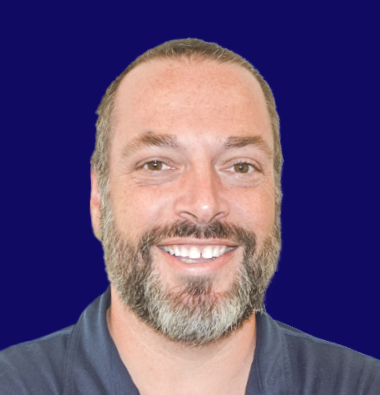
Welcome to this months Player Spotlight! This is a monthly feature of Q&A interviews which highlight interesting Kerbal Space Program players. We will be featuring people with many different skills and life experiences such as modders, artists, streamers, teachers, engineers, and more. We started this project as an appreciation to our players and to highlight the diverse and inspirational crowd that has gathered around Kerbal Space Program.
This month we are featuring Patrick Ball with the VMASC (Virginia Modeling, Analysis, and Simulation Center) Kerbal Space Summer Camp!
In his own words:
Tell us a bit about yourself?
I am Patrick Ball, a Senior Project Scientist at the Old Dominion University Research Foundation’s Virginia, Modeling, Analysis and Simulation Center in Suffolk VA. I act as project manager, coordinator, and on-site supervisor for multiple STEM outreach programs under the Director of Stem Outreach.
When and how did you first get into KSP and what was it about the game that appealed to you?
KSP was strongly recommended to me by one of my best friends several years ago. He had several thousand hours of play, so I figured it was worth checking out. I was hooked right away. What I enjoy most about the game is the design and engineering aspect – being able to build solutions for a specific mission and then test those solutions. KSP is one of the few games that can make my hands sweat and give me real feelings of accomplishment. I now also have many MANY hours logged.
What is your most memorable accomplishment/in-game moment?
I had designed and deployed a modular space station into orbit around Minmus – complete with a mobile processing lab and a ridiculous extending robotic arm that could reach out and grab rogue fuel tanks and whatnot. After it had kind of outlived its usefulness, I was able to dismantle and reconfigure it in orbit and send it to Duna as three separate vehicles. I probably would’ve been better off designing and deploying a brand new station with all the science I had unlocked, but once the challenge of repurposing the old station was in my head, I couldn’t NOT do it. It’s still in orbit around Duna in my career-mode game, processing science from multiple surface missions and making me smile.
What inspired you to start teaching with KSP?
STEM education is my profession and my passion. It was INSTANTLY clear to me that KSP could be an incredible tool for introducing students of all ages to multiple STEM concepts, including prototyping, advanced manufacturing, design and engineering, and even rocketry, aerodynamics, and orbital mechanics. We were developing a new STEM outreach program aimed at those concepts and including some Kerbal in the curriculum was a no-brainer. The kids are loving the experience, and they get a lot out of it.
What is the most valuable thing KSP has taught you as an educator?
The most valuable thing KSP has taught me as an educator is the value of failure. Every failure is a lesson, and KSP allows (I would say encourages) students to fail so spectacularly and beautifully that they can’t help but learn from it. Now, after years of playing and using the program for education, I remember outrageous catastrophic failures at-least as much as the huge successes, and I value them even more.
What advice would you give to other educators?
One lesson I would pass to other educators is to loosen the rails – that is, to let the students get off track. My advice is to let the students run with whatever ideas they have, even if it’s not exactly what you had in mind, and ESPECIALLY if you’re sure it won’t work. When kids pursue their own ideas and follow their own passions, they stand to learn so much more from the experience.
Thank you Patrick and the VMASC team for hosting an awesome Kerbal Space Program Summer Camp!
If you have an interesting KSP experience or want to share your work on KSP, please reach out to us!
-The KSP Team
